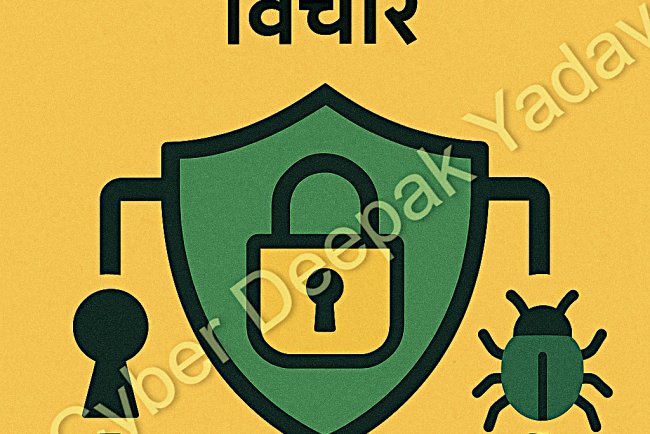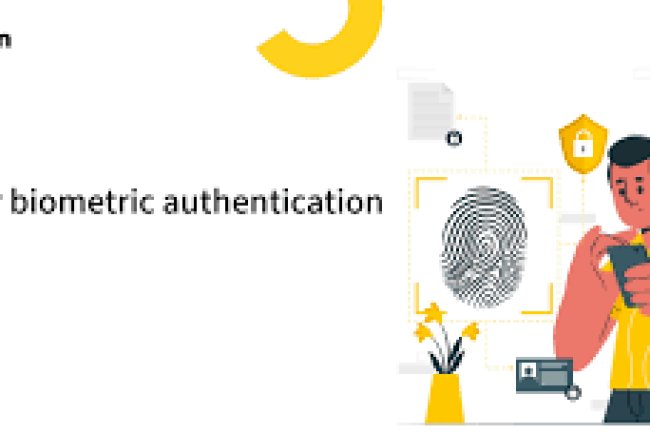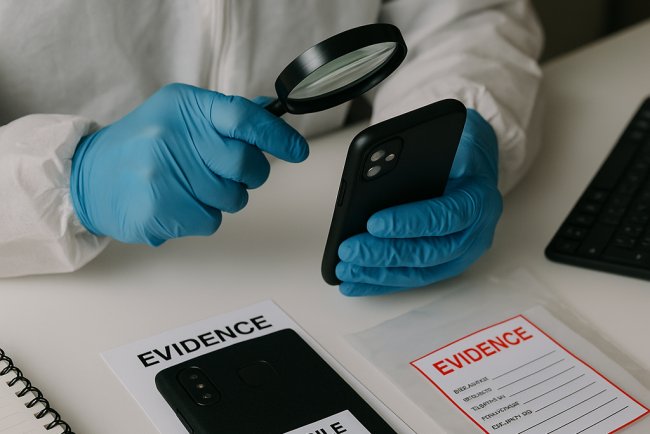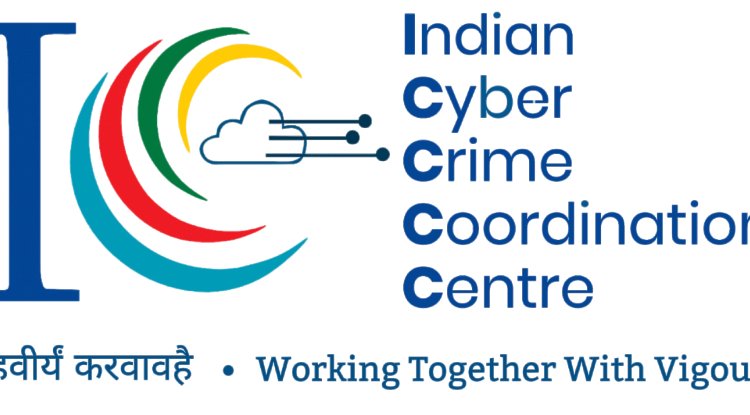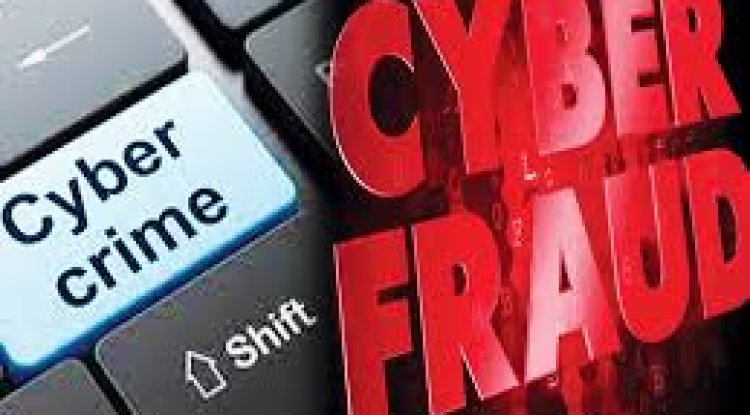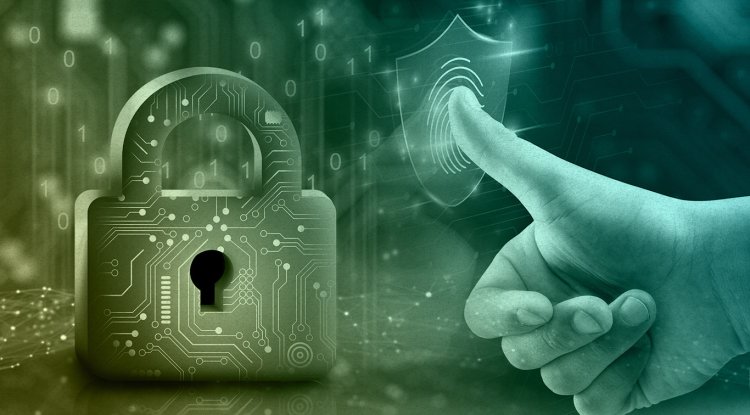Integration of Digital Forensics and Security Operations Center (SOC) in Investigations
In today’s cybersecurity landscape, threats are becoming more advanced and persistent. Organizations rely on Security Operations Centers (SOC) for real-time monitoring, detection, and response, while Digital Forensics provides in-depth post-incident analysis, evidence collection, and legal admissibility. When these two domains work together, investigations become stronger, faster, and more reliable.
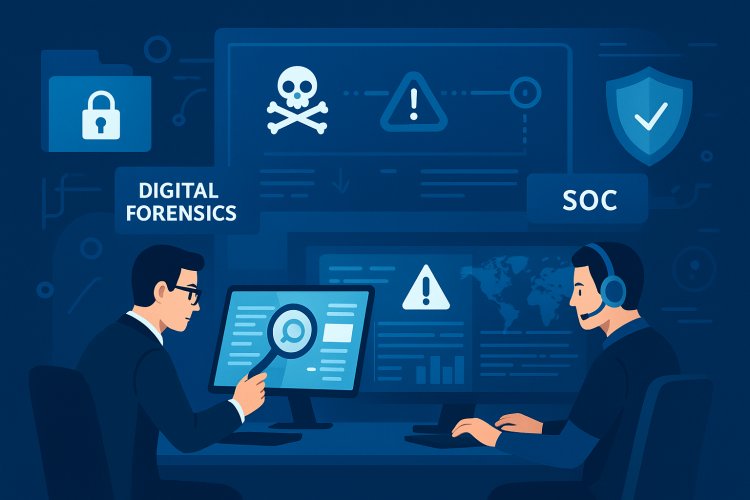
Understanding SOC
The Security Operations Center (SOC) is the frontline defense team of an organization. Its primary purpose is continuous monitoring of IT infrastructure. SOCs use advanced tools such as:
-
SIEM (Security Information and Event Management) solutions like Splunk, QRadar, Elastic SIEM.
-
Endpoint Detection and Response (EDR) systems.
-
Firewalls, IDS/IPS, and Threat Intelligence feeds.
The responsibilities of SOC include:
-
Monitoring logs and alerts 24×7.
-
Detecting suspicious or malicious activity.
-
Containing threats immediately to reduce impact.
-
Escalating critical incidents to incident response and forensic teams.
???? Example: A SOC analyst may detect unusual login attempts on a server at midnight and flag it for investigation.
Understanding Digital Forensics
Digital Forensics is the investigative branch of cybersecurity. It comes into play once a security incident has been detected or suspected. Forensic investigators focus on:
-
Evidence Collection – Imaging disks, capturing memory dumps, collecting network logs.
-
Evidence Preservation – Maintaining chain of custody for legal admissibility.
-
Analysis – Examining artifacts to determine who, what, when, where, and how.
-
Reporting – Preparing technical and legal reports for stakeholders and law enforcement.
???? Example: A forensic investigator analyzes the midnight server login and discovers that malware was installed to steal data.
Integration Workflow: SOC + Digital Forensics
Here’s how they collaborate in investigations:
-
Threat Detection (SOC)
-
SOC analysts notice suspicious activity (e.g., abnormal login from abroad, unusual file exfiltration).
-
-
Escalation to Forensics Team
-
SOC shares logs, alerts, and indicators of compromise (IOCs).
-
Forensics team begins evidence preservation.
-
-
Evidence Collection (Forensics)
-
Acquire system images, volatile memory, and log files before they are tampered with.
-
SOC provides additional contextual data (SIEM, firewall, IDS/IPS logs).
-
-
Analysis (Forensics + SOC)
-
Correlate SOC alerts with forensic artifacts.
-
Example: SOC alert shows a malicious IP; forensics confirms data exfiltration via that IP.
-
-
Containment & Eradication (Joint)
-
SOC applies security controls (block traffic, disable accounts).
-
Forensics ensures no hidden backdoors, persistence, or secondary malware remain.
-
-
Reporting & Legal Evidence (Forensics)
-
Forensics documents findings with timelines and artifacts.
-
SOC uses the report to strengthen defenses and update detection rules.
-
Benefits of Integration
-
Faster Incident Response – SOC detects quickly, forensics analyzes deeply.
-
Better Accuracy – Forensics validates whether SOC alerts are true or false positives.
-
Legal Support – Forensic chain of custody ensures evidence is admissible in legal cases.
-
Knowledge Sharing – SOC improves detection rules based on forensic findings.
-
Holistic Security – Combines proactive monitoring with reactive investigation.
Challenges
-
Data Overload – SOC generates massive logs; forensic teams must filter useful evidence.
-
Skill Gap – SOC analysts and forensic investigators often have different expertise.
-
Coordination – Without clear procedures, evidence may be lost or corrupted.
-
Time Sensitivity – SOC must act fast; forensics must act thoroughly—balancing is tricky.
Conclusion
The collaboration between SOC and digital forensics is essential for modern cybersecurity. SOC provides the eyes and ears of real-time monitoring, while digital forensics provides the brain and memory of deep investigation. When both work together, organizations achieve a robust incident handling cycle:
Detect → Contain → Investigate → Report → Improve.
Follow cyberdeepakyadav.com on
Facebook, Twitter, LinkedIn, Instagram, and YouTube
What's Your Reaction?







